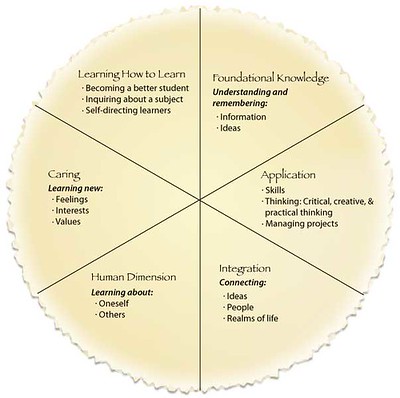This week’s pedagogy tip might be looking a little ahead to the spring term, but now could be the time to start doing that. The tip is to frame your breakout room discussions in a way that requires your students to return having made a choice.
The technique comes to us from Team-Based Learning. This is a “flipped classroom” technique that uses small groups. Students are assigned to groups at the start of the term and stay in their teams all term. They read the assigned readings at the start of the unit and then undergo a “readiness assurance process”, essentially a quiz that most instructors will have students take individually and then as a team. All small group work is conducted in class, usually through structured activities in which students work with and apply the topics of the unit. At the end of the unit, students fill out a peer evaluation that counts for part of the grade. A powerful technique that comes from a business school framework, TBL has been adopted widely in medical and other professional schools, and it is in use in all of the college disciplines. A number of our Castleton faculty have adopted it, and we have some books to lend in the CTL library if you want to learn more.
The heart of the technique involves the application activities. These have a lot of possible uses in instruction. TBL uses a handy framework called the “4S’s:”
- Teams work on a significant problem, often a real-world application of what they are learning;
- All teams work on the same problem;
- They are prompted to make a specific choice;
- They report their choices simultaneously.
Maybe the best take-away from the technique is the specific choice (which is well paired with simultaneous report). The essential concept is to present students with a specific question or problem or set of options that forces them to make a choice. This constraint can often lead to much more productive group discussions than brainstorming or coming up with questions or other open-ended discussion questions. (It’s amazing how quickly small groups can exhaust the prompt and turn off their cameras!) A forced choice problem can prompt discussion about why students make the choices they make. If you follow it up with a simultaneous report, then the discussion might be about the relative merits of the choice: ” Those of you who chose choice A, could you explain why you did?” So it can become a powerful technique for uncovering assumptions and asking students to think critically about the problem at hand and other course topics.
For more on forced choice problems, here is a handy resource, and you might be interested in reading this article by Bill Roberson and Billie Franchini:
W. Roberson and B. Franchini, “Task Design for the Collaborative Learning Classroom,” in Davidson, N., Major, C., & Michaelsen, L. (Eds.). (2014). Small-group learning in higher education: Cooperative, collaborative, problem-based, and team-based learning. Journal on Excellence in College Teaching, 25(4)




[…] Pedagogy Tip: The Power of Forced Choice […]